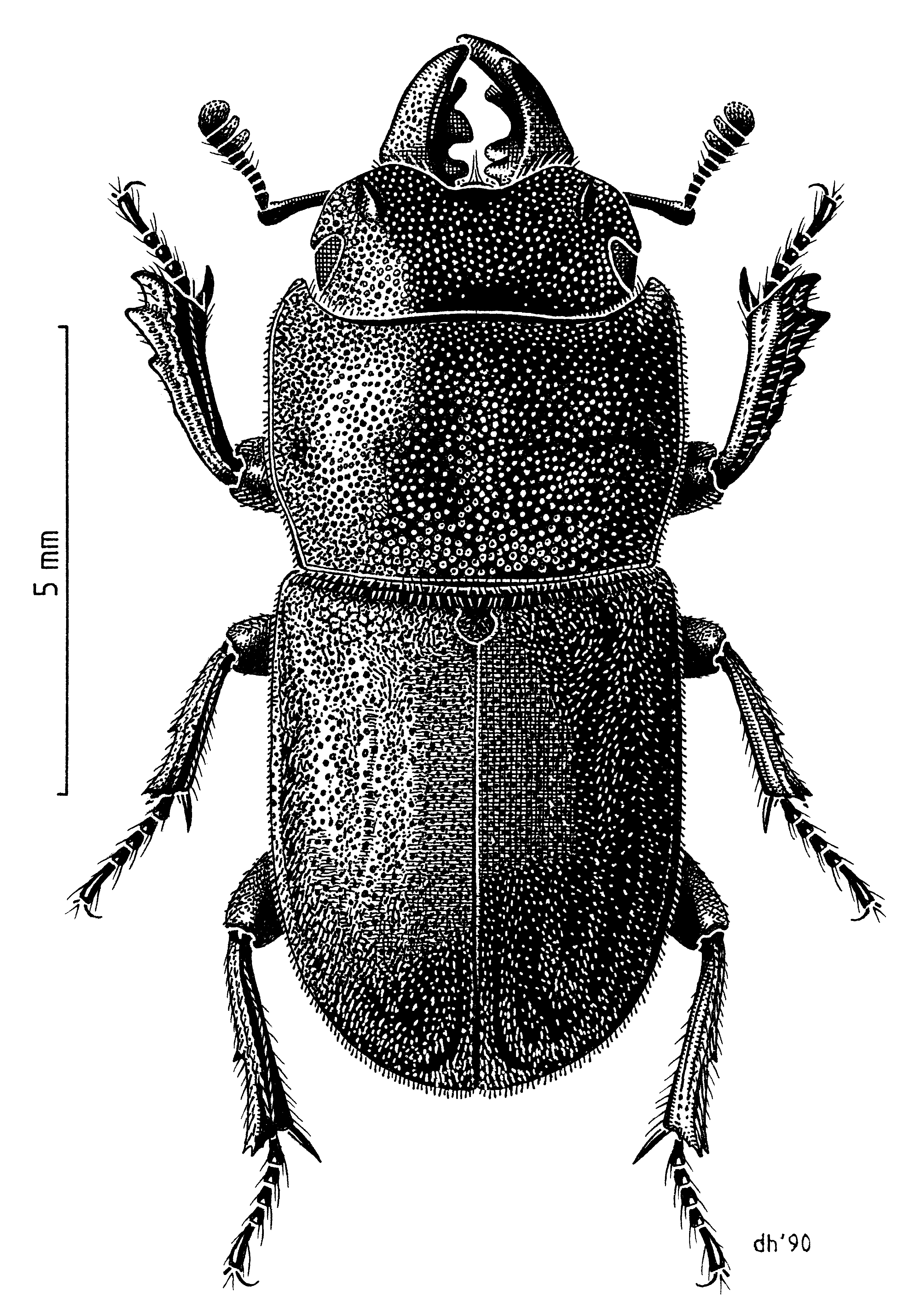Stag beetle on:
[Wikipedia]
[Google]
[Amazon]
Stag beetles are a family of about 1,200 species of

 The
The
Flickr
Images
Stag beetle info
Research site containing much information on the stag beetle as well as information on current conservation schemes. * Checklist of New World stag beetles with links to pages with additional information and images. * * *
Stag beetles on postage stamps and species illustrations.
Lucanes du Monde
Image rich French blog
TOL
The Lucanid (Stag) Beetles of the World
Extra detailed specimen photobook 2009
Generic Guide to New World Scarabs- Lucanidae,
UK Stag Beetle School Project
A UK school project about Stag Beetles (collecting data on populations) {{Authority control
beetle
Beetles are insects that form the order Coleoptera (), in the superorder Endopterygota. Their front pair of wings are hardened into wing-cases, elytra, distinguishing them from most other insects. The Coleoptera, with about 400,000 describ ...
s in the family Lucanidae, currently classified in four subfamilies.Smith, A.B.T. (2006). A review of the family-group names for the superfamily Scarabaeoidea (Coleoptera) with corrections to nomenclature and a current classification. The Coleopterists Bulletin 60:144–204. Some species grow to over , but most to about .
Overview

 The
The English
English usually refers to:
* English language
* English people
English may also refer to:
Peoples, culture, and language
* ''English'', an adjective for something of, from, or related to England
** English national ...
name is derived from the large and distinctive mandibles found on the males of most species, which resemble the antlers of stags.
A well-known species in much of Europe
Europe is a large peninsula conventionally considered a continent in its own right because of its great physical size and the weight of its history and traditions. Europe is also considered a Continent#Subcontinents, subcontinent of Eurasia ...
is '' Lucanus cervus'', referred to in some European countries (including the United Kingdom
The United Kingdom of Great Britain and Northern Ireland, commonly known as the United Kingdom (UK) or Britain, is a country in Europe, off the north-western coast of the continental mainland. It comprises England, Scotland, Wales and ...
) as ''the'' stag beetle; it is the largest terrestrial insect in Europe. Pliny the Elder
Gaius Plinius Secundus (AD 23/2479), called Pliny the Elder (), was a Roman author, naturalist and natural philosopher, and naval and army commander of the early Roman Empire, and a friend of the emperor Vespasian. He wrote the encyclopedic ' ...
noted that Nigidius called the beetle ''lucanus'' after the Italian region of Lucania where they were used as amulets. The scientific name of ''Lucanus cervus'' adds ''cervus'', deer
Deer or true deer are hoofed ruminant mammals forming the family Cervidae. The two main groups of deer are the Cervinae, including the muntjac, the elk (wapiti), the red deer, and the fallow deer; and the Capreolinae, including the re ...
.
Male stag beetles are known for their oversize mandibles used to wrestle each other for favoured mating sites in a way that parallels the way stags fight over females. Fights may also be over food, such as tree sap and decaying fruits. Despite their often fearsome appearance, they are not normally aggressive to humans. During a battle the main objective is to dislodge its opponent's tarsal claws with its mandible, thus disrupting their balance. Because its mandibles are capable of exceeding its own body size, stag beetles are generally inefficient runners, and typically fly from one location to another.
Female stag beetles are usually smaller than the males, with smaller mandibles that are much more powerful than the males'. As larvae, females are distinguished by their cream-coloured, fat ovaries visible through the skin around two-thirds of the way down their back.
The larva
A larva (; plural larvae ) is a distinct juvenile form many animals undergo before metamorphosis into adults. Animals with indirect development such as insects, amphibians, or cnidarians typically have a larval phase of their life cycle.
...
e feed for several years on rotting wood, growing through three larval stages until eventually pupating inside a pupal cell constructed from surrounding wood pieces and soil particles. In the final larval stage, "L3", the surviving grubs of larger species, such as '' Prosopocoilus giraffa'', may be the size of a human finger.
In England’s New Forest, it was once believed that the stag beetle, dubbed the “devil’s imp,” was sent to do some evil to the corn crops. The superstition led to stoning the insects on sight, as observed by a writer in the Notes and Queries.
Along with rhinoceros beetles
Dynastinae or rhinoceros beetles are a subfamily of the scarab beetle family (Scarabaeidae). Other common names – some for particular groups of rhinoceros beetles – include Hercules beetles, unicorn beetles or horn beetles. Over ...
, stag beetles are often bought as pets in South Korea and Japan.
Evolution
The oldest known fossil of the group is '' Juraesalus'' from the late Middle Jurassic ( Callovian) Daohugou Beds of Inner Mongolia, China. While initially interpreted as a member of Aesalinae, it was later interpreted to be a basal member of the family.Antler allometry
The Lucanidae have (male-only) antlers. Their size often varies among individuals. Such variation is termed a scaling relationship or static allometry. Environmental conditions of development affect antler size, but genetic factors are active.References
External links
* *Flickr
Images
Stag beetle info
Research site containing much information on the stag beetle as well as information on current conservation schemes. * Checklist of New World stag beetles with links to pages with additional information and images. * * *
Stag beetles on postage stamps and species illustrations.
Lucanes du Monde
Image rich French blog
TOL
The Lucanid (Stag) Beetles of the World
Extra detailed specimen photobook 2009
Generic Guide to New World Scarabs- Lucanidae,
UK Stag Beetle School Project
A UK school project about Stag Beetles (collecting data on populations) {{Authority control